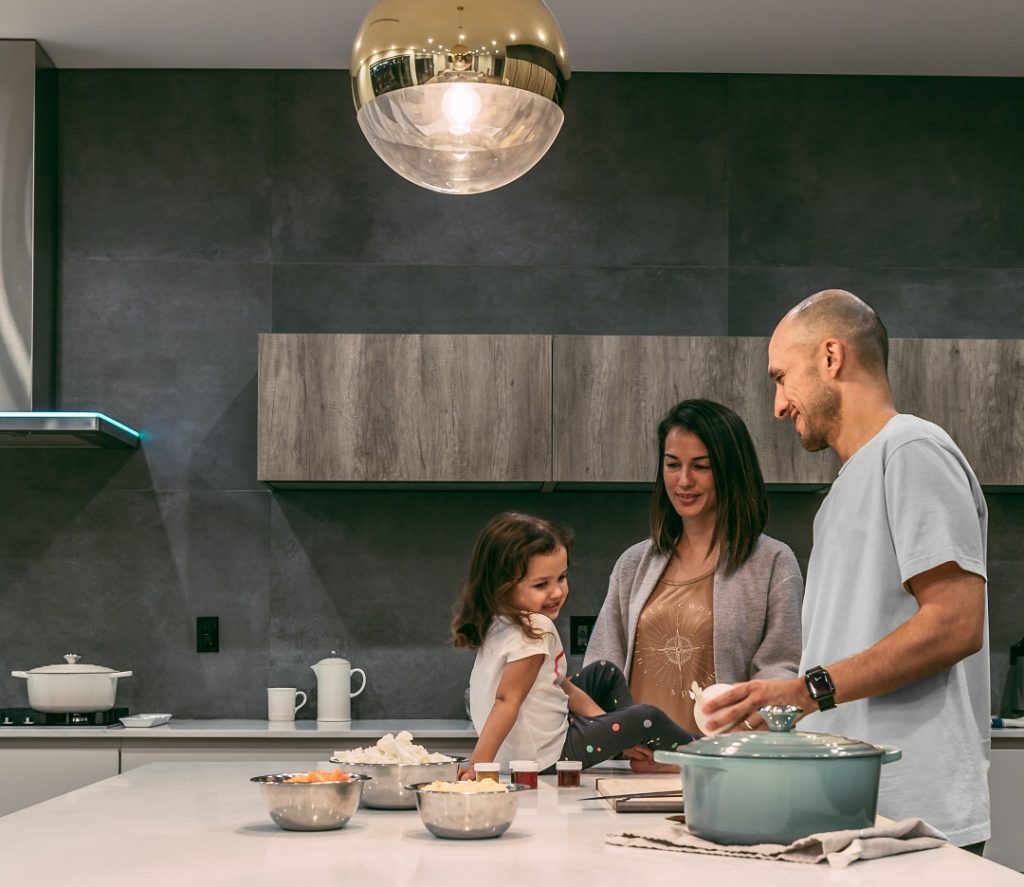
The last time we looked at conversational UX, it was all about chatbots. However, that’s only half the picture. For some people, they can’t imagine life without voice assistants.
These aren’t your standard chatbots either. Siri, Google Assistant, Alexa and Cortana are just some of the main players.
They sound much like a regular human voice and help you with everything from cooking to driving. The best part is they’re available on a variety of different devices, such as smart speakers and smartphones.
What Makes Voice Assistants Unique
Voice assistants are unique in the world of conversational UX. They’re designed to answer a much larger array of questions than chatbots. They also learn more about you to customize how they respond and what data they provide.
For instance, Cortana, Siri and Google Assistant learn your schedule to automatically suggest places to get breakfast, alternate driving routes and even what type of workouts to try.
Essentially, they become your daily assistant. While each type of voice assistant has different skills, they’re all made to help you. From finding the right music to play to reminding you to pick up flowers for an anniversary, they’ve got you covered.
The Rise Of Voice Assistants
At first, having an assistant created via artificial intelligence might have seemed more science fiction than reality. However, what started as an interesting idea has become far more than a passing fad. In fact, voice assistants grow more popular every day.
The popularity is expected to grow by 25.4% between 2019 and 2023. As of now, 3.35 billion voice assistants are being used regularly. However, that number is expected to rise to around eight billion by 2023. That shows this trend isn’t going anywhere.
The main reason is they’re so incredibly easy to use. While they don’t always get everything right (after all, technology is only as perfect as the humans who develop it), it’s easy to just say “Alexa, turn on the lights” versus getting up and doing it yourself.
Think of these much like when remote controls became popular. Pushing a button to control things is much easier than doing it manually. Now, you don’t even have to push a button – just speak!
When it comes to smartphone assistants, Google Assistant has the market share. Mainly, it just comes native on so many devices that people are using it over Siri and Samsung’s Bixby. Plus, if they have Google Home devices, it’s just simpler to stick with the same assistant for all their devices. By 2022, Google’s market share is expected to go from 46% to over 60%.
However, Amazon Alexa takes over when it comes to home use. With thousands of skills, Amazon Alexa devices account for over 60% of home smart speakers, while Google Home only has just over 23%.
How People Interact On A Daily Basis

The main voice assistants in use at the moment are Siri, Google Assistant, Cortana and Amazon Alexa. All of these are interacted with on a daily basis.
The one thing that makes these incredible assistants stand out is the sheer number of things they can help out with, such as:
- Traveling
- Cooking
- Playing music
- Controlling smart home devices
- Searching the Internet
- Playing games
- Getting healthier
To get a better idea of what each of the main ones can do, check out their lists of actions, commands and skills:
- Google Assistant actions
- Amazon Alexa skills
- Siri commands & more commands
- Cortana commands & speech recognition
The Dark Side Of Voice Assistants
All of this might sound amazing, but voice assistants aren’t always perfect. Some of the major drawbacks include:
- You often need multiple devices to really reap the benefits.
- They can mishear what you say.
- There are numerous privacy concerns since the device is listening to you and tracking your location (on mobile).
- You have to have reliable broadband and/or mobile (both of which are sketchy or non-existent in many areas).
- They’re not always intuitive, especially if there isn’t an updated list of all commands/skills.
- All assistants aren’t compatible with all smart home devices and apps.
UX Lessons To Take Away
So, what can we learn from all of this? First of all, when creating any UX design, do it with the end-user in mind. What makes their life easier? Can you add more entertainment? What solves current issues they’re having?
Second, make designs compatible when possible. For example, Alexa and Google Assistant are compatible with numerous smart home devices, making them more popular than Siri and Cortana.
Finally, keep in mind user concerns, such as privacy and general availability. You want to protect users, make your design available to as many people as possible and keep it easy to use.
Image: Fabian and Le Creuset